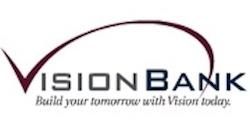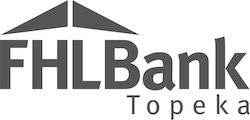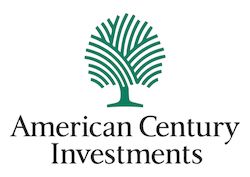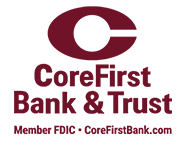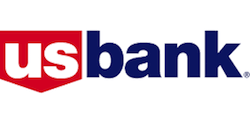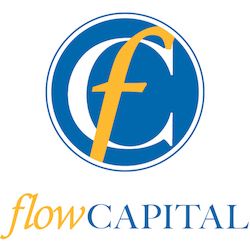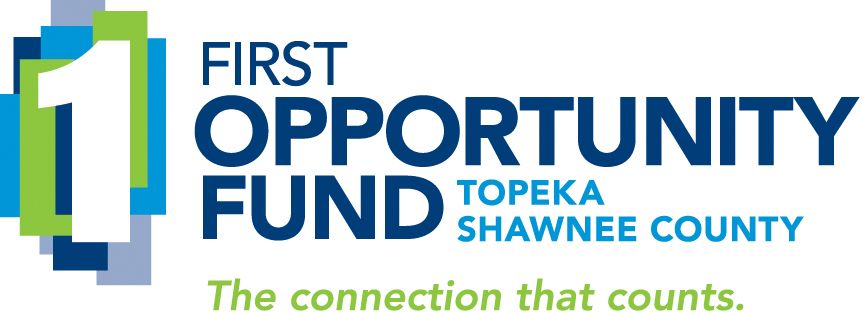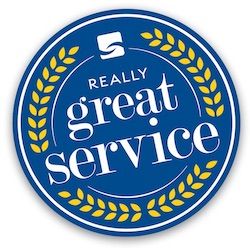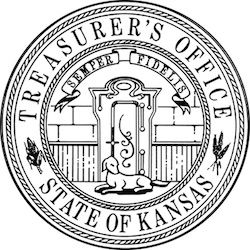The idea of company executive leadership programs to develop employees is not new. IBM pioneered employee training in 1916 and grew it to what many consider legendary status. And for years, this focus on employee development has spread and crossed industries far beyond the halls of that company.
The results for companies that make this investment speak for themselves: high-performing, loyal employees, brand equity and business success.
Many in the financial industry have been slow to implement internal leadership programs for their employees. The battle for quality talent attraction and retention won’t end anytime soon. So, for bank leaders who are looking for ways to solve this challenge, they can look no further than banking peers who are making these investments for inspiration and a roadmap.
Why banks should invest in leadership programming.
A successful program helps build long term performance in three key areas:
It deepens the bench for succession planning. If a bank’s C-suite and upper management floors are filled with baby boomer executives, there may be many vacancies soon. For continuity planning, it’s ideal to have people inside the bank who want to—and are prepared to—step up and assume greater responsibilities. “They already know our ways, our culture and have so much institutional knowledge,” says one HR leader in the industry. “It’s always beneficial when we can promote from within.”
It produces longer-term employees and a stronger employer brand. Even if employees don’t aspire to senior roles, the improvements in their engagement and job satisfaction make them want to stay. They feel supported and appreciate their employer’s commitment to them. And they make it easier to attract others who have the potential to be strong contributors to the bank’s success.
It improves the bottom line. Recruitment and onboarding represent significant costs. A study by the Society of Human Resource Management states that replacing an employee costs six to nine months of an employee’s annual salary to find and train a replacement. More highly trained employees deliver a higher level of customer service, satisfaction and innovation. Increased customer satisfaction coupled with increased employee loyalty presents even more good news for bank profits.
Here are five elements of a successful bank employee leadership program:
1. It’s founded in strategy and supports the bank’s strategic plan.
A recurring theme from these successful leadership program creators and past participants: leadership development must support the bank’s strategic plan.
Developing leaders is not just for making people feel good. It must be win-win, serving the needs of employees while also securing the bank’s future.
Identifying what kinds of skills and attributes will be needed so the bank’s associates can successfully lead the institution a year from now, two years from now and beyond is paramount. That incorporates learning from the employee engagement surveys, focus groups and listening to executive leadership and board. It means engaging top-quality speakers and facilitators. And it means measuring, refining and investing in continuous improvement for long term results.
2. The program has a brand.
A great employee development program has a distinct name and brand personality that fit with the bank’s overall brand. And like a good consumer brand, it offers a promise and fulfills it. Regions Bank, headquartered in Birmingham, Alabama created RegionsLEADS for its 20,000+ associates. The LEADS acronym supports the bank’s core values and delivers on a promise to support the career development, engagement and well-being of associates as an employer of choice. “We love an acronym,” says Shannon Knabb, leadership development program manager at Regions who headed up the program development. “It makes it easy to remember, but it also really connects with what our purpose is.”
3. It reaches across business lines and departments.
Old National Bank, headquartered in Evansville, Illinois recently launched a second CEO Council cohort with a diverse group of high-potential leaders from throughout the organization. The purpose of Old National’s program is to accelerate their development as leaders, as well as to advise the CEO and executive leadership team on multiple topics that affect the bank, its customers and team. This photo from their X stream shows the new group of emerging leaders.
By engaging diverse employees across business lines and departments, the Old National executive team gets a well-rounded perspective from the Council. And Council members get exposure and face time with senior leaders. A benefit particularly valued by millennials and Gen Z.
4. It is comprehensive.
Joshua Ondo, former Digital Marketing Manager at Consumers National Bank in Minerva, Ohio, helped develop both a mentoring program and a leadership program in his role at the institution. His team started with an employee engagement survey from a legacy leadership program. Once he and the team learned about strengths and weaknesses of the culture and employer brand, it helped them design a leadership program and foster a culture of excellence.
He says a successful program is interactive and far-reaching. “Don’t make it a book club,” he warns. “Anyone can read another Maxwell book,” he says. “Participants must come out feeling like they really learned something valuable.” That means having hands-on components, lively discussion, outside-of-class reading and a capstone project for participants to develop together.
5. It is ongoing and keeps engaging.
There is mentorship. There is class camaraderie. There are alumni gatherings. These efforts keep the connections fresh. They continue to build relationships and opportunities for collaboration.
Ondo created a program with multi-year components: an introductory course in the first year and an advanced level course in the second year.
Regions Bank offers ongoing training its associates can access in the formats they prefer, like podcasts and online learning, at times that are convenient to them. There are also scheduled TED Talk-style events and workshops. “We like to provide a customized learning experience and resources our associates can access within their flow of work,” says Seanna McGough, head of learning and development at Regions. The Regions focus on continuous improvement means associates know they will continue to get new options, and the bank will continue to listen to their feedback.
Time flies and change is more rapid than ever.
An investment in the professional growth and leadership development of employees is an investment in both the bank’s current ability to serve customers at a higher level and in the bank’s future leadership – paving the way to smoother transitions at every level of the org chart.
It also means the bank will have a well-founded ability to innovate and compete no matter what tomorrow brings.
If you'd like to develop or enhance a leadership program for your team, call Martha at 785.969.6203 or
For more of our content on engaging and developing employees, see our article An employer brand is much more than great benefits: 4 banks that excel.
This article was first published in the American Bankers Association Journal. Photo credit: game board by Markus Spiske on Unsplash





